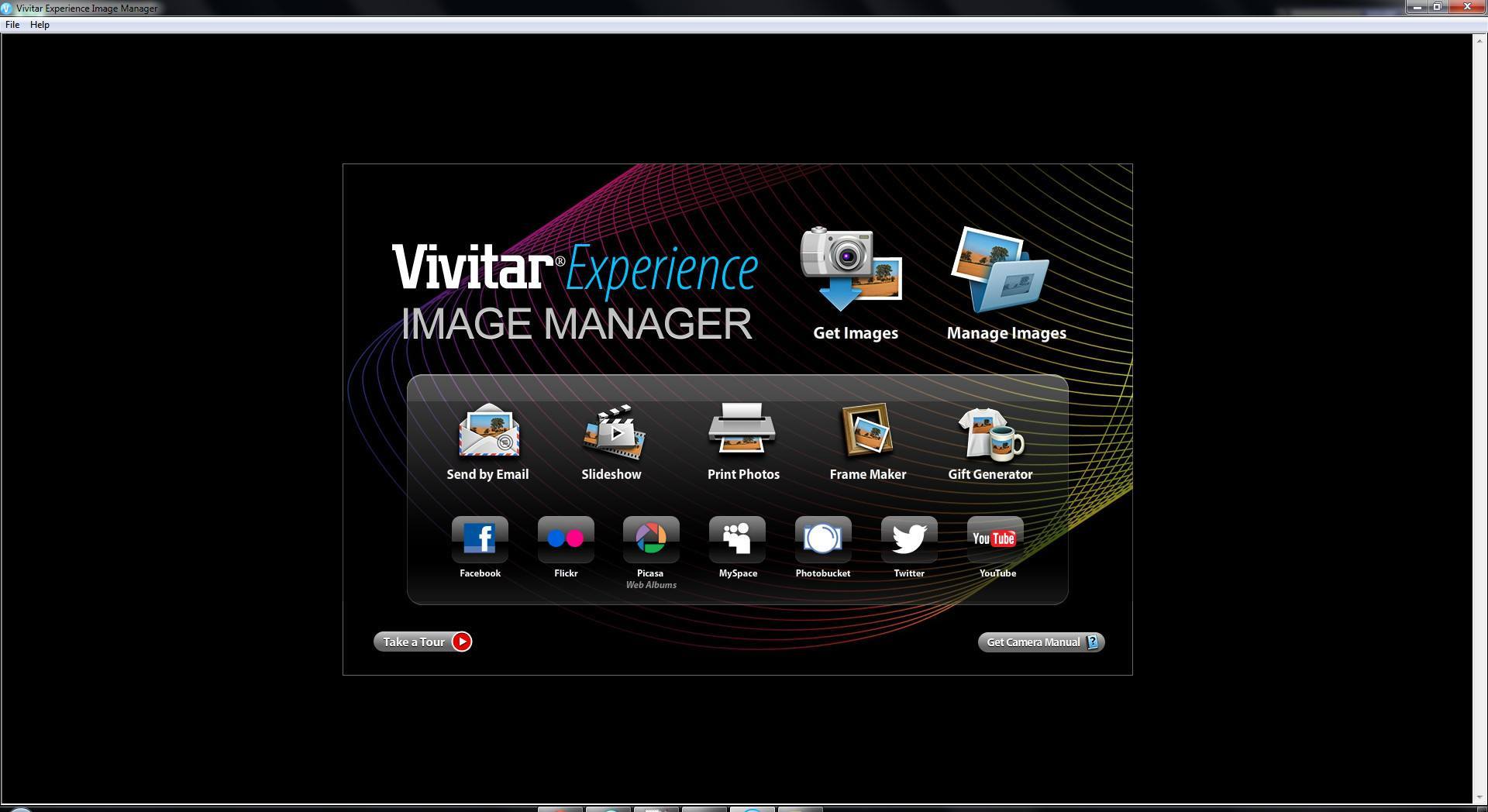
It is actively changing in response to ongoing research. Press the Power button to turn on your DVR.This list should not be considered definitive. The Power button is situated on the inside of the camcorder. To power on the camcorder you need to flip open the LCD Screen. Software section of this manual to learn how to install the software on your computer. See the Install the Vivitar Experience Image Manager.
There are many documented exceptions to the numbering system presented here, especially in lenses with very early or unusual badging (e.g. Insert the installation CD into your CD-ROM.The Image Manager Buddy applicattion was designed to let you sort pictures, moving or copying them to different directories.Image Manager Buddy is a program that allows you to quickly sort and manage images and pictures, It lets you go through all you images clicked a button at the bottom of the screen moving them to the correct folders. The sources used in assembling this list are cited as used but not all should be considered authoritative.You must be connected to the internet to install and run the Vivitar Experience Image. Many variants of this list can be found online, sometimes with unsubstantiated claims the list was provided by Vivitar insiders. The information presented here is the result of individual research by lens collectors.
Tap Navigation > Assets.Navigate to where you want to create an image set, then go to Create > Image Set to open the Image Set Editor page. Warning: Do not plug your camera into the computer until the.To create Image Sets: In Adobe Experience Manager, select the Experience Manager logo to access the global navigation console. There is general agreement among collectors that sometime after 1990, this system fell into disuse or was completely abandoned.Vivitar ViviCam F328 Manual Online: Install The Vivitar Experience Image Manager Software. The first lenses that appear to follow this number scheme appear in the late 1960s and by 1970 it appears to be used consistently. The consensus seems to be that most lenses sold in the 1960s did not use this system.
Vivitar Experience Image Manager Serial Number Identify The
The third digit represents the last digit of the year of manufacture (e.g. Under this scheme the first two digits of the serial number identify the manufacturer. He is interested in communicating with anyone who worked for Ponder and Best, particularly in a procurement position.Download - Fx Image Manager 7.1 Fx Image Manager 7.1 With Fx Image Manager you can convert between various image type, resize, edit or modify image properties, capture a single frame or a range of frames from digital movies and quickly view supported image files anywhere on your system.The most common hypothesis about how the Vivitar serial number system worked involves breaking the serial number down into separate components that represent the manufacturer, year, week, and sequence number.
There are known exceptions to the year/month portion of the formula as well as exceptions to the entire system. The remaining digits would be the actual manufacturing sequence number. The fourth and fifth digits represent the week number of manufacture.

But, within certain years, this list may be helpful as one tool among many to help determine who made a given lens. I also remember having given away prototype models of a Vivitar 100mm f/2.8, an 85mm f/1.8, and an 800mm f/8." (photos of Bill Swinyard's prototype can be seen in the article: Vivitar Auto Wide-Angle 20mm f/3.8)Frequently Asked Questions How likely is it this list or other alleged Vivitar serial number lists are valid?No direct evidence to date confirms that Vivitar used the serial number system presented above. The 0003 indicates only that it is a very early model, although there were a dozen or so of such prototypes made. Mine is a Vivitar 20mm f/4 with a black alloy mount, while the production version was labelled as an f/3.8 and had a stainless mount. Bill Swinyard describes an example of a prototype lens he owns:"I still have one of the prototypes that later went into production.

During the last few months of my stay at Vivitar, Olympus had announced that it was going to drop us and go to independent distribution, so I know it didn't happen after I left, either." Who was Komine? Most Vivitar lists claim 28x serial numbers were made by a company called KomineKomine is commonly accepted as the name of a Vivitar lens manufacturer but almost nothing is known about the company. It was the most independent of all our suppliers and never listened to us nor sought any of our input about anything. When I was there, Olympus was very protective of its brand and didn't do any distributor-branding at all. I designed the product codes for Kiron and although in our case there was only one manufacturer (Kino), the numbering was by no means arbitrary." Where's Olympus? Some Vivitar lists claim 6/06x serial numbers were Olympus-madeBill Swinyard confirms that Olympus did not make any Vivitar-branded lenses:"Olympus most certainly did not make any Vivitar-branded lenses. As you know, Vivitar was primarily a marketing and distribution company, so if only for the sake of inventory management and quality assurance it would need to know which manufacturers were supplying which lenses, cameras, flashes, etc.
Attempts to contact Nittō Kōgaku and inquire about their relationship to Ponder & Best or their knowledge of the Komine name have been unsuccessful to date.One complication that has hindered researchers is that Komine is a common Japanese surname. No evidence has yet been found to connect Nitto Kogaku with Ponder & Best and one P&B employee has confirmed that the manufacturer was actually called "Komine", not Kominar, so this latter idea seems very unlikely. The second common hypothesis is that Komine was a corruption of Kominar, a brandname used by Japanese lens manufacturer Nittō Kōgaku. The first possibility, and the one supported by this document, is that Komine referes to Komine Co., Ltd, an obscure Japanese manufacturer known to have made interchangeable lenses.



 0 kommentar(er)
0 kommentar(er)
